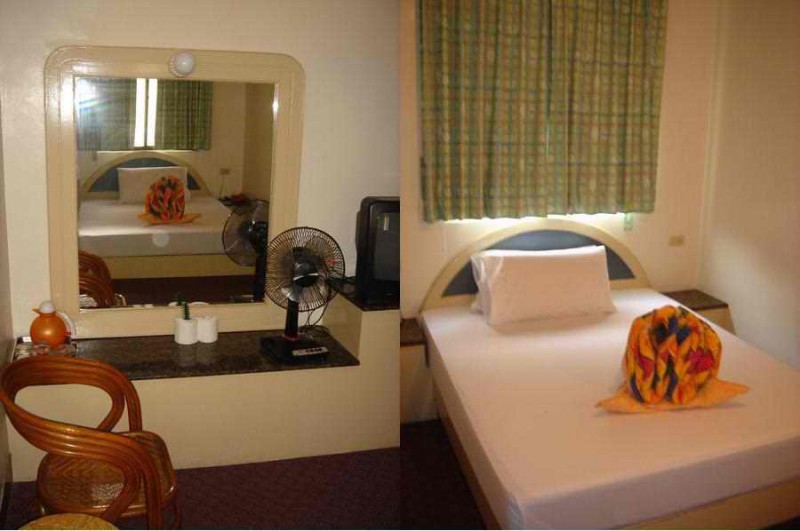映画「千と千尋の神隠し」のモデルになった旅館・道後温泉本館 / Dogo Onsen Japan, Michelin Guide
Author: HAMROC 2016-05-15 22:15:21 Views: 711

ニッポンの建築 その一【Japanese Style Architectures #1】
ミシュランガイド2つ星を獲得。日本書紀に登場する日本最古の温泉。またの名を坊ちゃん湯。スタジオジブリ映画「千と千尋の神隠し」の舞台 "油屋" のモチーフになった一つとされているそうです。
- Wikipedia -
道後温泉本館(どうごおんせんほんかん)は、愛媛県松山市の道後温泉の中心にある温泉共同浴場。別名・愛称は坊っちゃん湯。戦前に建築された歴史ある建物(近代和風建築)で、街のシンボル的存在であり、1994年に国の重要文化財(文化施設)として指定された。共同浴場番付において、東の湯田中温泉大湯と並び西の横綱に番付けされているほか、2009年3月、ミシュランガイド(観光地)日本編において2つ星に選定された。2009年、経済産業省の「近代化産業遺産」に認定。
『千と千尋の神隠し』(せんとちひろのかみかくし、英題:Spirited Away)は、スタジオジブリの長編アニメーション映画。監督は宮崎駿。2001年7月20日に日本公開。興行収入300億円を超えた大ヒット作品である[1]。
Spirited Away (千と千尋の神隠し Sen to Chihiro no Kamikakushi?, "Sen and Chihiro's Spiriting Away") is a 2001 Japanese animated fantasy film written and directed by Hayao Miyazaki and produced by Studio Ghibli.[3] The film stars Rumi Hiiragi, Miyu Irino, Mari Natsuki, Takeshi Naito, Yasuko Sawaguchi, Tsunehiko Kamijō, Takehiko Ono and Bunta Sugawara, and tells the story of Chihiro Ogino (Hiiragi), a sullen ten-year-old girl who, while moving to a new neighborhood, enters the spirit world. After her parents are transformed into pigs by the witch Yubaba (Natsuki), Chihiro takes a job working in Yubaba's bathhouse to find a way to free herself and her parents and return to the human world. Miyazaki wrote the script after he decided the film would be based on his friend's ten-year-old daughter, who came to visit his house each summer. At the time, Miyazaki was developing two personal projects, but they were rejected. With a budget of US$15 million, production of Spirited Away began in 2000. During production, Miyazaki realized the film would be over three hours long and decided to cut out several parts of the story. Pixar director John Lasseter, a fan of Miyazaki, was approached by Walt Disney Pictures to supervise an English-language translation for the film's North American release. Lasseter hired Kirk Wise as director and Donald W. Ernst as producer of the adaptation. Screenwriters Cindy Davis Hewitt and Donald H. Hewitt wrote the English-language dialogue, which they wrote to match the characters' original Japanese-language lip movements.[4] The film was released on July 20, 2001, and became the most successful film in Japanese history, grossing over $274 million worldwide. The film overtook Titanic (at the time the top grossing film worldwide) in the Japanese box office to become the highest-grossing film in Japanese history with a $229,607,878 total.[5] Acclaimed by international critics, the movie is considered one of the best films of the 2000s decade and one of the greatest animated films of all time.[6][7][8] It won the Academy Award for Best Animated Feature at the 75th Academy Awards, the Golden Bear at the 2002 Berlin International Film Festival (tied with Bloody Sunday) and is among the top ten in the BFI list of the 50 films you should see by the age of 14.











